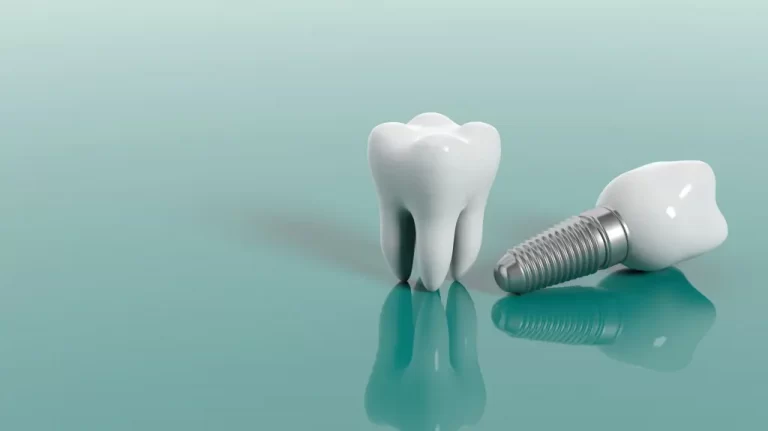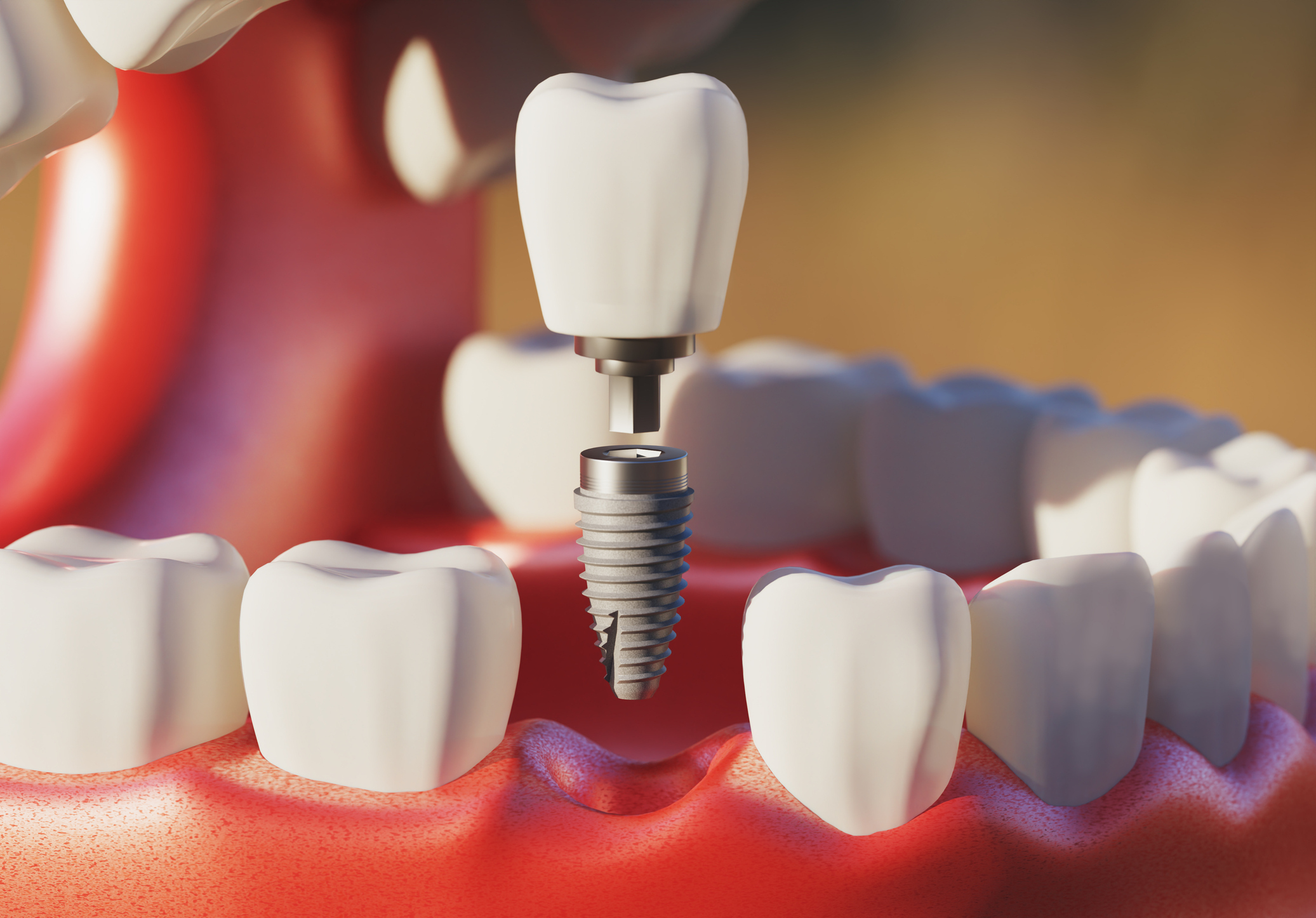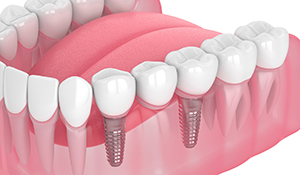Advances in titanium-based dental implants give patients with missing teeth today more options beyond the traditional dentures or bridges.
“Dental implants can be the best solution to the problem of missing teeth,” says Dr. Stephen C. Dwyer of Northwest Oral & Maxillofacial Surgery. “Implants are natural looking and feeling. Your confidence in smiling and eating will be restored.”
Far from a cosmetic-only procedure, a dental implant can help keep the jawbone from shrinking due to bone loss, keep adjacent teeth stable, and preserve the health of the surrounding bone and gums.
“Replacing a lost tooth with a dental implant can significantly improve the patient’s quality of life and health,” says the U.S. Food and Drug Administration (FDA).
Dental implants, which replace both the tooth and tooth root, can take anywhere from six weeks to one year depending on the complexity of the case, and some patients may require a healing abutment during the process to reach their treatment goal.
A Healing Abutment is Not Your Dental Implant Final Abutment
The terminology used in dental implants can be a bit confusing, especially when it comes to the word “abutment”.
For starters, it helps to have an overview of a typical dental implant:
- After determining the need for a dental implant, your oral surgeon will open your gum and expose the bone. Your metal implant, which will serve as a replacement tooth root, will be implanted deep into the bone.
- The body’s healing power then takes over as your jawbone fuses with the dental implant. This may take several months to accomplish.
- In some cases, a temporary abutment, which is visible just above the gum line, is attached to the dental implant during the initial surgery or a second surgery occurs later where the temporary abutment is placed onto the implant after reopening your gum line.
- After a few more weeks of healing around the temporary abutment, a crown, or artificial tooth, and a final abutment can then be fabricated and connected to the implant.
This final abutment that connects your dental implant to your new crown is not the same thing as a “healing abutment”, which is temporary and alternatively called a healing cuff, healing cap, or gingiva former.
Healing abutments are not used in all dental implant cases, and your oral surgeon will help you determine if there is a need for this step.
The Purpose of Healing Abutments for Dental Implants
The main purpose of a healing abutment is to help shape the gum tissue around the dental implant to make the replacement crown look as natural as possible.
Healing abutments are a different shape than your final abutment, typically wider to help prepare the proper space in your gum line for your new crown.
In some cases, if a healing abutment is not used, the gum tissue will heal around the dental implant and the socket will fill in and become flat – unlike the natural gum tissue (called interdental papilla) which is found in the space between teeth.
A healing abutment will help shape the gum tissue and mold it into a position that will allow your new crown to fit naturally in your mouth.
A healing abutment, just like your final abutment, screws easily into your dental implant. Many healing abutments have a conical shape or funnel look that helps the tissue form into the desired shape.
Advantages of Using a Healing Abutment
Some of the advantages of using a healing abutment during your dental implant process, either in a one-stage procedure at the time the implant is installed or in a two-stage procedure with a later minor second surgery, include:
- Helps Shape Your Gum for Natural-Looking Tooth Replacement: Not only can the healing abutment create the perfect gum shape to host your new implant, but it can help prevent dental implant failure due to gum recession or improper gum growth in the healing stages.
- Helps Prevent Infections: Healing abutments can act as a sealant for your gums to help prevent the risk of infection during dental implant healing by keeping plaque and other debris from accumulating in the implant area.
- Prevents Other Teeth from Crowding In: Healing abutments can assure that other teeth do not push into the dental implant area during the healing process.
If your oral surgeon and you determine that you need a healing abutment for your dental implant, then the steps for your treatment could look like this:
- Dental implant is installed in the jawbone
- Screw cover is installed over the dental implant
- Your gums are sutured, and the implant fusion begins, as well as gum healing from the surgery
- After several months, a minor surgery of the gumline will uncover the screw cover, which is removed and replaced with a healing abutment
- Your gums are sutured around the healing abutment and allowed to heal
- Your final custom base crown is made, and your healing abutment is replaced by a final abutment on which the crown is placed on.
“In that final step, your replacement tooth, called a crown, will be created for you by your dentist attached to the final abutment,” said Dr. Dwyer. “Your ability to chew and speak will be restored and you can smile with confidence.”
Contact Northwest Oral & Maxillofacial Surgery today to learn more about dental implants and the role of healing abutments in restoring your missing teeth.







